Rachel Poser in The New York Times:
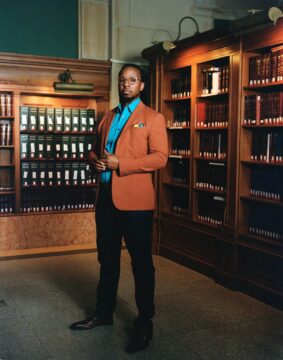 Ibram X. Kendi has a notebook that prompts him, on every other page, to write down “Things to be grateful for.” There are many things he might put under that heading. First and foremost, his wife and two daughters, and his health, having made it through Stage 4 colon cancer in his 30s — a diagnosis with a 12 percent survival rate. Tenure at Boston University, where Martin Luther King Jr. earned his doctorate in theology. A National Book Award, and a MacArthur “genius” grant for “transforming how many people understand, discuss and attempt to redress America’s longstanding racial challenges.” Then there were the millions of people who bought “How to Be an Antiracist,” the first of five of his books to take the No. 1 spot on the New York Times best-seller list. But he was particularly grateful to the readers who wrote to him to say his work changed them for the better.
Ibram X. Kendi has a notebook that prompts him, on every other page, to write down “Things to be grateful for.” There are many things he might put under that heading. First and foremost, his wife and two daughters, and his health, having made it through Stage 4 colon cancer in his 30s — a diagnosis with a 12 percent survival rate. Tenure at Boston University, where Martin Luther King Jr. earned his doctorate in theology. A National Book Award, and a MacArthur “genius” grant for “transforming how many people understand, discuss and attempt to redress America’s longstanding racial challenges.” Then there were the millions of people who bought “How to Be an Antiracist,” the first of five of his books to take the No. 1 spot on the New York Times best-seller list. But he was particularly grateful to the readers who wrote to him to say his work changed them for the better.
These days, he could use the reminder. Four years have gone by since George Floyd was murdered on the pavement near Cup Foods in Minneapolis, sparking the racial “reckoning” that made Kendi a household name. Many people, Kendi among them, believe that reckoning is long over. State legislatures have pushed through harsh antiprotest measures. Conservative-led campaigns against teaching Black history and against diversity, equity and inclusion programs are underway. Last June, the Supreme Court struck down affirmative action in college admissions. And Donald Trump is once again the Republican nominee for president, promising to root out “the radical-left thugs that live like vermin within the confines of our country.”
More here.

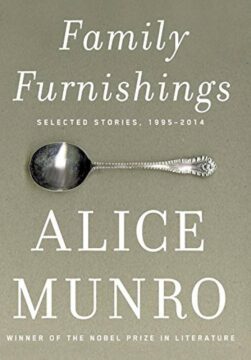 The stories selected in Family Furnishings, a fine and timely follow-up to Alice Munro’s winning of the 2013 Nobel Prize, date (it says on the cover) from 1995 to 2014, thus making a sequel to the Selected Stories of 1996, which drew on the previous thirty years of Munro’s writing. But there is one exception to this dating in the new selection, the magnificent story “Home.” “Home” was first published in a collection of Canadian stories in 1974, so it was written when Munro was in her early forties. She then went on working on it for thirty years, revising, correcting, and changing its shape, and it was republished in much-altered form in 2006: so it appears here as a “late” story. That process of revisiting is fundamental to Munro’s methods. She constantly revises her work; she reuses her subject matter with the utmost concentration and attention; and her characters, like her (and often they are like her), compulsively return to their pasts.
The stories selected in Family Furnishings, a fine and timely follow-up to Alice Munro’s winning of the 2013 Nobel Prize, date (it says on the cover) from 1995 to 2014, thus making a sequel to the Selected Stories of 1996, which drew on the previous thirty years of Munro’s writing. But there is one exception to this dating in the new selection, the magnificent story “Home.” “Home” was first published in a collection of Canadian stories in 1974, so it was written when Munro was in her early forties. She then went on working on it for thirty years, revising, correcting, and changing its shape, and it was republished in much-altered form in 2006: so it appears here as a “late” story. That process of revisiting is fundamental to Munro’s methods. She constantly revises her work; she reuses her subject matter with the utmost concentration and attention; and her characters, like her (and often they are like her), compulsively return to their pasts.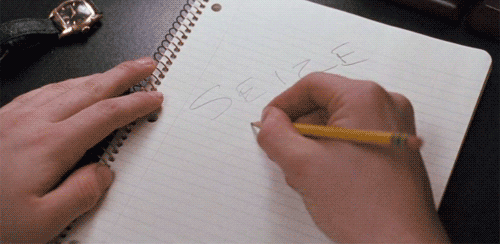 Dear Reader,
Dear Reader,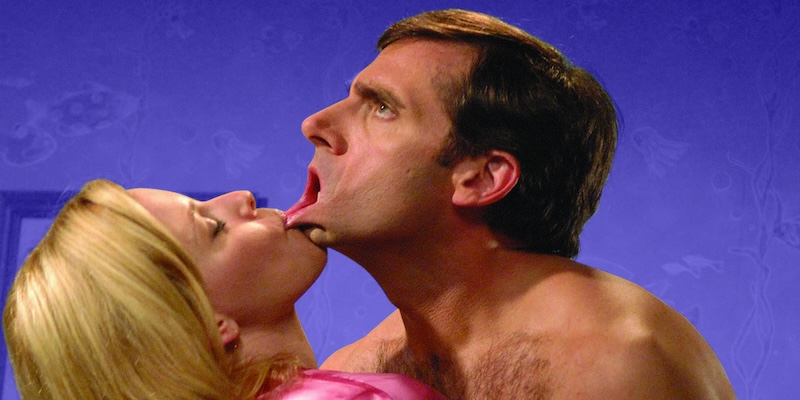 For a few years now I’ve been teaching a class on erotic writing. Most of it follows the same structure of any creative-writing class—we discuss character and motivation—but the content, you can imagine, takes on a different slant.
For a few years now I’ve been teaching a class on erotic writing. Most of it follows the same structure of any creative-writing class—we discuss character and motivation—but the content, you can imagine, takes on a different slant. We’re comparing an electric car and a traditional petrol one and looking at the life-cycle emissions — that is, all the emissions produced from cradle to grave.
We’re comparing an electric car and a traditional petrol one and looking at the life-cycle emissions — that is, all the emissions produced from cradle to grave.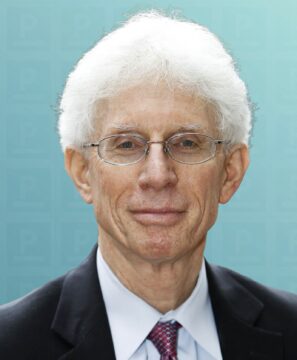 William Galston is an author and academic who holds the Ezra K. Zilker Chair in Governance Studies at the Brookings Institution. Galston was also deputy assistant for domestic policy to President Bill Clinton. His latest book is
William Galston is an author and academic who holds the Ezra K. Zilker Chair in Governance Studies at the Brookings Institution. Galston was also deputy assistant for domestic policy to President Bill Clinton. His latest book is  Unlike many art historians and art critics, philosophers do not look for works of art that are necessarily beautiful or interesting. Most of us—at least those educated in the continental tradition of Hegel, Nietzsche, and Arendt—instead look for works that disclose a theoretical stance. Martin Heidegger’s writing on Van Gogh’s shoes paintings, Arthur Danto on Andy Warhol’s Pop Art, and Jacques Rancière on Alfredo Jaar’s photographs are paradigmatic examples. This does not mean we do not care about the artist’s effort in creating such work; rather, we focus more on whether the work discloses an aesthetic notion, political idea, or anthropological concept that has meaning for society at large. Artists, for us, have the same ontological purpose as scientists or politicians. A great work of art, new scientific discovery, or progressive policy can change people’s relationship with reality. If these works, discoveries, and policies change this relationship, it is not necessarily because they are “better” than others but because they touch our existence to a greater degree.
Unlike many art historians and art critics, philosophers do not look for works of art that are necessarily beautiful or interesting. Most of us—at least those educated in the continental tradition of Hegel, Nietzsche, and Arendt—instead look for works that disclose a theoretical stance. Martin Heidegger’s writing on Van Gogh’s shoes paintings, Arthur Danto on Andy Warhol’s Pop Art, and Jacques Rancière on Alfredo Jaar’s photographs are paradigmatic examples. This does not mean we do not care about the artist’s effort in creating such work; rather, we focus more on whether the work discloses an aesthetic notion, political idea, or anthropological concept that has meaning for society at large. Artists, for us, have the same ontological purpose as scientists or politicians. A great work of art, new scientific discovery, or progressive policy can change people’s relationship with reality. If these works, discoveries, and policies change this relationship, it is not necessarily because they are “better” than others but because they touch our existence to a greater degree.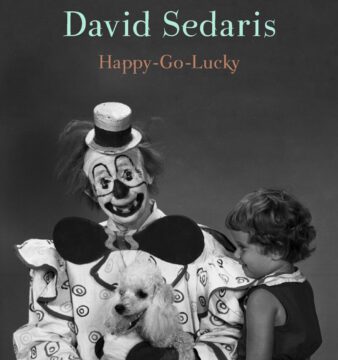 His father set a number of things in place so that after death “there would be little bombs that would explode upon me,” Sedaris tells me. “Like when I graduated from college, he said he’d set up an IRA for me and talked for years about it. You know, he never set it up. And he left me the minimum amount of money you can leave somebody so they wouldn’t contest the will. When I found out about it and confronted him, that was his big disappointment, that I’d found out before he died. It was also in his will that I would get any boats or cars that he owned. We’d never had a boat and I don’t even know how to drive. My father took pains to sell his 1964 mint-condition Porsche a year before he died just so I wouldn’t get it. It’s nasty things, hurtful things. I’m not hurting for money, but it’s not about that. It bothers me that I’m allowing him to hurt me. Everyone else in my family is getting two-and-a-half million dollars. If he had left me that two-and-a-half million dollars, I’d probably be thinking, you know, he’s not so bad, maybe I just misunderstood him. But to have been treated that way in life and then in death as well? I feel pathetic being a 65-year-old man whining because his father wasn’t nice. And then it bothers me that I’m being pathetic.”
His father set a number of things in place so that after death “there would be little bombs that would explode upon me,” Sedaris tells me. “Like when I graduated from college, he said he’d set up an IRA for me and talked for years about it. You know, he never set it up. And he left me the minimum amount of money you can leave somebody so they wouldn’t contest the will. When I found out about it and confronted him, that was his big disappointment, that I’d found out before he died. It was also in his will that I would get any boats or cars that he owned. We’d never had a boat and I don’t even know how to drive. My father took pains to sell his 1964 mint-condition Porsche a year before he died just so I wouldn’t get it. It’s nasty things, hurtful things. I’m not hurting for money, but it’s not about that. It bothers me that I’m allowing him to hurt me. Everyone else in my family is getting two-and-a-half million dollars. If he had left me that two-and-a-half million dollars, I’d probably be thinking, you know, he’s not so bad, maybe I just misunderstood him. But to have been treated that way in life and then in death as well? I feel pathetic being a 65-year-old man whining because his father wasn’t nice. And then it bothers me that I’m being pathetic.”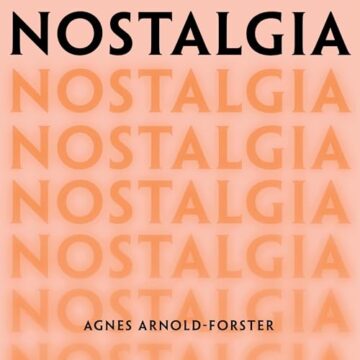
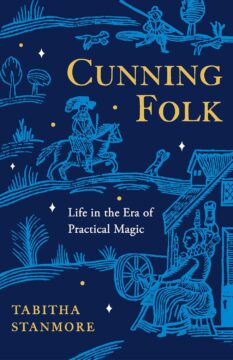 In her spirited and richly detailed “Cunning Folk,” Tabitha Stanmore, a specialist in medieval and early modern magic, writes that between the 14th and 17th centuries, “a whole host of magical practitioners” pervaded villages, cities and royal courts — diviners, astrologers, charm makers, healers. Their customers were commoners and courtiers, peasants and merchants, housewives and queens.“This book is not about witches,” Stanmore emphasizes. The cunning folk were different, she explains, because they used “service magic,” not the dark arts, “to positively affect the world around them.” What’s more, “most people” marked a “distinction” between magicians of this kind (good, basically) and witches (evil), although the boundary, she admits, could be “fluid.” That’s because their clients’ requests could be “sinister,” to put it mildly. In 1613, for instance, the depraved Countess of Essex (later imprisoned for murdering a foe with a toxic enema) requested a slow-acting poison from a fortuneteller named Mary Woods, so she could bump off the Count. Woods skipped town rather than comply (so she told authorities) but was tried anyway; her fate is unknown.
In her spirited and richly detailed “Cunning Folk,” Tabitha Stanmore, a specialist in medieval and early modern magic, writes that between the 14th and 17th centuries, “a whole host of magical practitioners” pervaded villages, cities and royal courts — diviners, astrologers, charm makers, healers. Their customers were commoners and courtiers, peasants and merchants, housewives and queens.“This book is not about witches,” Stanmore emphasizes. The cunning folk were different, she explains, because they used “service magic,” not the dark arts, “to positively affect the world around them.” What’s more, “most people” marked a “distinction” between magicians of this kind (good, basically) and witches (evil), although the boundary, she admits, could be “fluid.” That’s because their clients’ requests could be “sinister,” to put it mildly. In 1613, for instance, the depraved Countess of Essex (later imprisoned for murdering a foe with a toxic enema) requested a slow-acting poison from a fortuneteller named Mary Woods, so she could bump off the Count. Woods skipped town rather than comply (so she told authorities) but was tried anyway; her fate is unknown.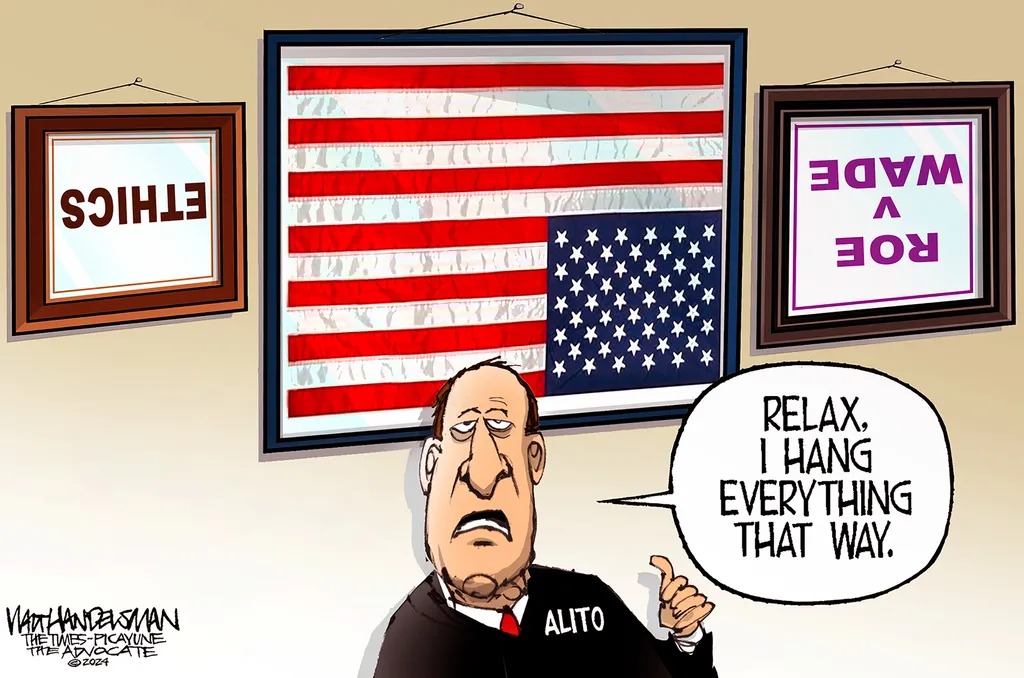

 The U.S. Food and Drug Administration (
The U.S. Food and Drug Administration (